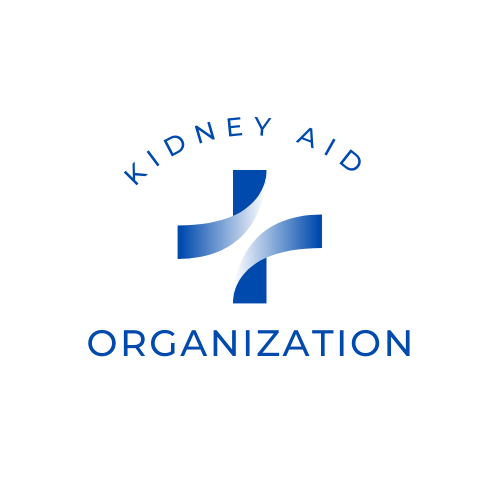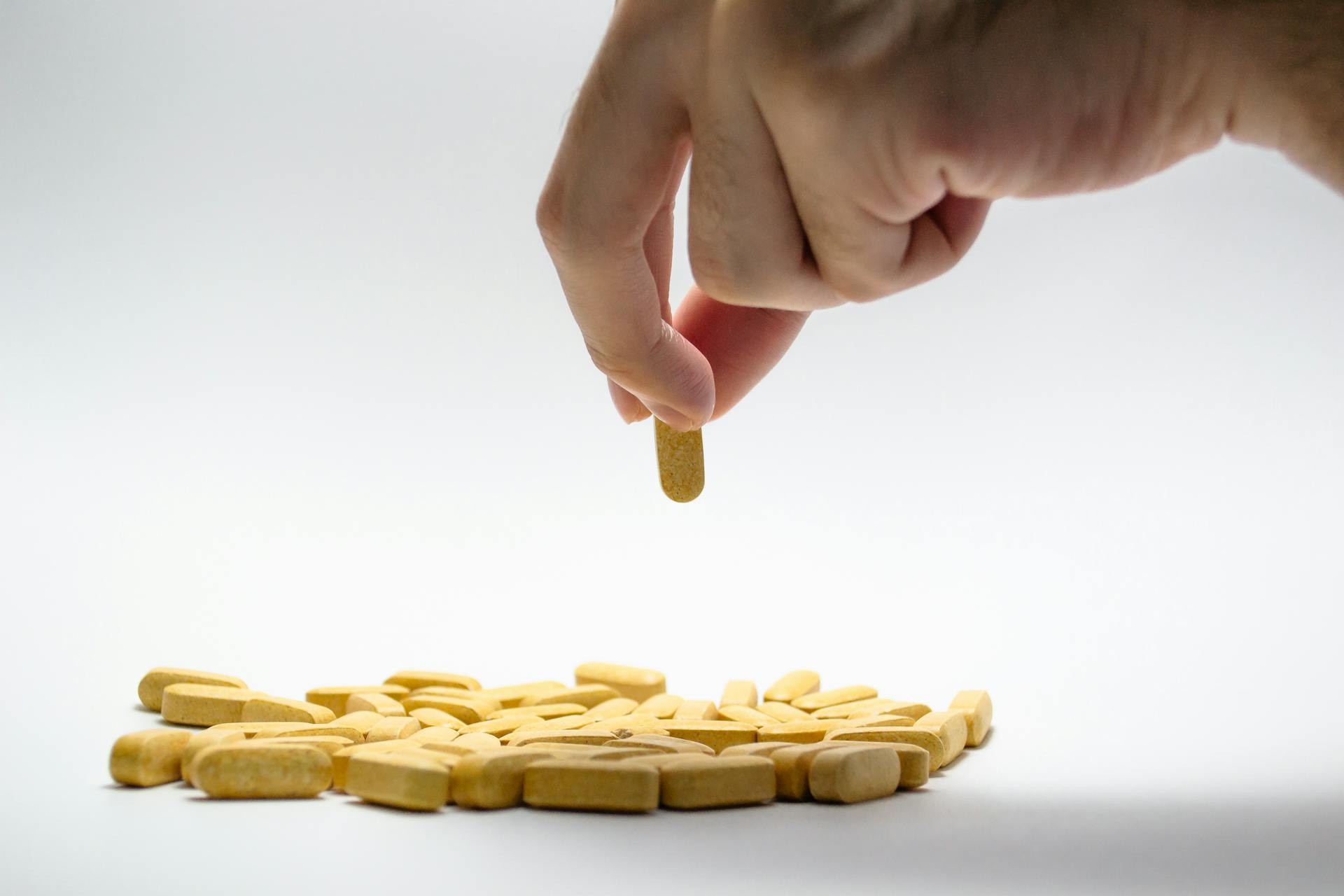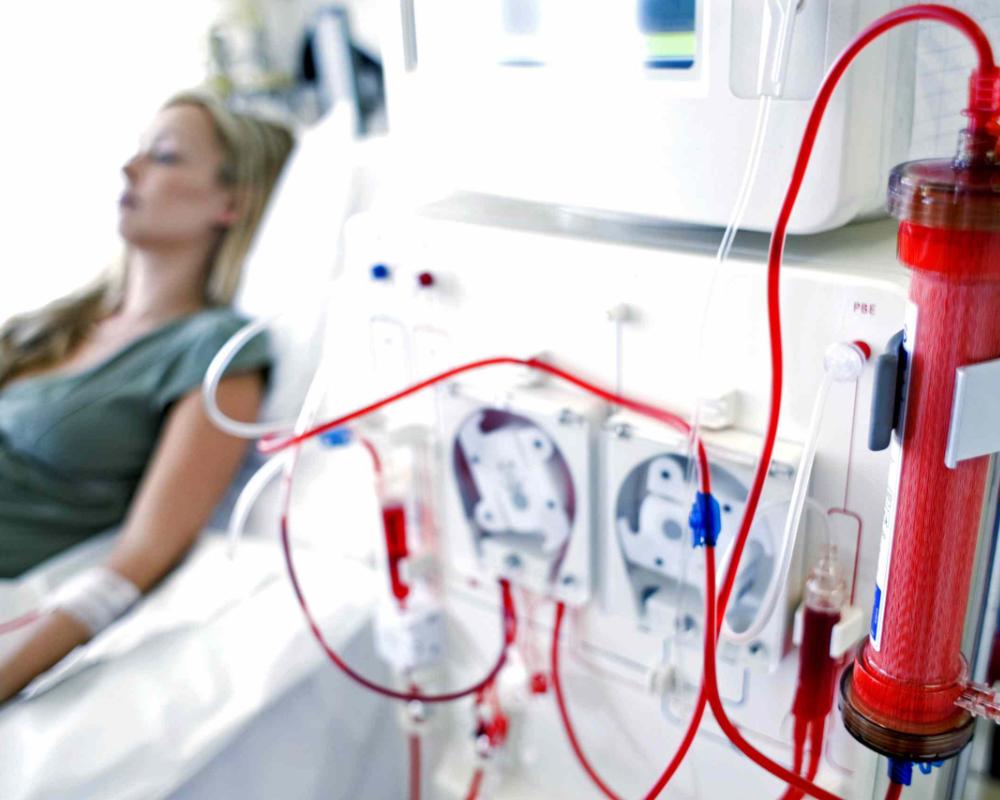Chronic kidney disease (CKD) is a progressive condition that affects millions of people worldwide. It occurs when the kidneys gradually lose their ability to filter waste and excess fluids from the blood, leading to a buildup of toxins in the body. While CKD is primarily associated with symptoms like fatigue, swelling, and changes in urination, many people are unaware of its potential link to back pain. In this blog post, we’ll explore the relationship between chronic kidney disease and back pain, the underlying causes, and how to manage this often-overlooked symptom.
The Connection Between Chronic Kidney Disease and Back Pain
Back pain is a common complaint among individuals with chronic kidney disease, but it’s important to understand that not all back pain is directly caused by the kidneys. The kidneys are located in the lower back, just below the rib cage, on either side of the spine. When the kidneys are affected by disease, they can cause discomfort or pain in this region. However, back pain in CKD patients can also stem from other factors, such as musculoskeletal issues, nerve compression, or even the side effects of treatment. Here are some ways CKD can contribute to back pain:- Kidney Inflammation or Infection Conditions like pyelonephritis (a kidney infection) or glomerulonephritis (inflammation of the kidney’s filtering units) can cause localized pain in the lower back. This pain is often sharp, intense, and may be accompanied by fever, chills, or urinary symptoms.
- Kidney Stones Kidney stones are a common complication of CKD, especially in individuals with imbalances in minerals like calcium or oxalate. These hard deposits can cause severe, cramping pain in the lower back or side as they move through the urinary tract.
- Polycystic Kidney Disease (PKD) PKD is a genetic disorder characterized by the growth of cysts in the kidneys. As these cysts enlarge, they can stretch the kidney’s capsule, leading to chronic, dull back pain. In some cases, the cysts may rupture or become infected, causing acute pain.
- Fluid Retention and Swelling CKD often leads to fluid retention, which can put pressure on the lower back and surrounding tissues. This pressure may manifest as aching or discomfort in the back.
- Bone and Mineral Disorders Advanced CKD can disrupt the balance of calcium and phosphorus in the body, leading to bone weakening and conditions like osteoporosis or osteomalacia. These bone disorders can cause chronic back pain due to fractures or spinal deformities.
- Referred Pain Sometimes, pain originating from the kidneys can be felt in other areas of the back or abdomen, making it difficult to pinpoint the exact source.
Differentiating Kidney-Related Back Pain from Musculoskeletal Pain
Not all back pain in CKD patients is related to the kidneys. It’s essential to distinguish between kidney-related pain and musculoskeletal pain, as the treatment approaches differ. Here are some key differences:- Kidney-Related Pain:
- Typically felt on one or both sides of the lower back, just below the ribs.
- Often described as deep, throbbing, or sharp.
- May be accompanied by other symptoms like fever, nausea, vomiting, or changes in urination.
- Pain intensity may fluctuate and is often unrelated to movement or posture.
- Musculoskeletal Pain:
- Usually localized to the muscles, ligaments, or joints of the back.
- Pain may worsen with movement, lifting, or prolonged sitting/standing.
- Often improves with rest, heat, or over-the-counter pain relievers.
- Rarely associated with systemic symptoms like fever or nausea.
Managing Back Pain in Chronic Kidney Disease
Managing back pain in CKD requires a multifaceted approach that addresses both the underlying kidney disease and the pain itself. Here are some strategies to consider:- Treat the Underlying Cause If your back pain is linked to a specific kidney condition, such as an infection, kidney stones, or PKD, treating the root cause is essential. This may involve antibiotics, pain relievers, or procedures to remove kidney stones.
- Medications Over-the-counter pain relievers like acetaminophen may be recommended for mild to moderate pain. However, CKD patients should avoid nonsteroidal anti-inflammatory drugs (NSAIDs) like ibuprofen, as they can worsen kidney function. Always consult your doctor before taking any medication.
- Physical Therapy A physical therapist can design a personalized exercise program to strengthen the muscles supporting your back, improve posture, and reduce pain. Gentle stretching and low-impact activities like walking or swimming can also be beneficial.
- Heat and Cold Therapy Applying a heating pad or warm compress to the affected area can help relax tense muscles and alleviate pain. Cold packs may be more effective for acute pain or inflammation.
- Dietary Modifications A kidney-friendly diet can help slow the progression of CKD and reduce complications like fluid retention or mineral imbalances. Work with a dietitian to create a meal plan that supports your kidney health.
- Hydration Staying hydrated is crucial for kidney health, but CKD patients need to balance fluid intake to avoid overloading the kidneys. Follow your doctor’s recommendations for daily fluid limits.
- Stress Management Chronic pain can take a toll on your mental health. Practices like meditation, deep breathing, or yoga can help reduce stress and improve your overall well-being.
- Regular Monitoring If you have CKD, regular check-ups with your healthcare provider are essential to monitor your kidney function and address any new or worsening symptoms.
When to Seek Medical Attention
While mild back pain is common and often manageable at home, certain symptoms warrant immediate medical attention. Seek help if you experience:- Severe or sudden back pain that doesn’t improve with rest.
- Back pain accompanied by fever, chills, or nausea.
- Changes in urination, such as blood in the urine, difficulty urinating, or decreased urine output.
- Swelling in the legs, feet, or face.
- Unexplained weight loss or fatigue.
Preventing Back Pain in CKD Patients
While not all back pain can be prevented, there are steps you can take to reduce your risk:- Maintain a healthy weight to minimize strain on your back.
- Practice good posture, especially when sitting or lifting heavy objects.
- Stay active with low-impact exercises that strengthen your core and back muscles.
- Follow a kidney-friendly diet and stay within your recommended fluid limits.
- Avoid smoking and limit alcohol consumption, as these can worsen kidney function and contribute to pain.
Conclusion
Chronic kidney disease and back pain are closely intertwined, with kidney-related issues often contributing to discomfort in the lower back. However, it’s important to recognize that back pain in CKD patients can also stem from other causes, such as musculoskeletal problems or treatment side effects. By understanding the connection between CKD and back pain, seeking timely medical care, and adopting a proactive approach to management, you can improve your quality of life and reduce the impact of this challenging symptom. If you or a loved one is living with CKD and experiencing back pain, don’t hesitate to reach out to a healthcare professional. With the right support and treatment plan, it’s possible to manage both your kidney health and your pain effectively. Remember, you’re not alone—millions of people are navigating this journey, and help is available.Are you tired of living under the shadow of kidney disease? Are you yearning for a life free from the shackles of dialysis, kidney failure, and the looming threat of kidney transplants? If so, you're in the right place at the right time. Imagine waking up every morning with boundless energy, feeling rejuvenated and ready to take on the day. Envision a life where your kidneys are functioning optimally, and you no longer dread the burdensome routines of dialysis sessions. The Kidney Disease Solution Program is here to turn that vision into reality for you.


